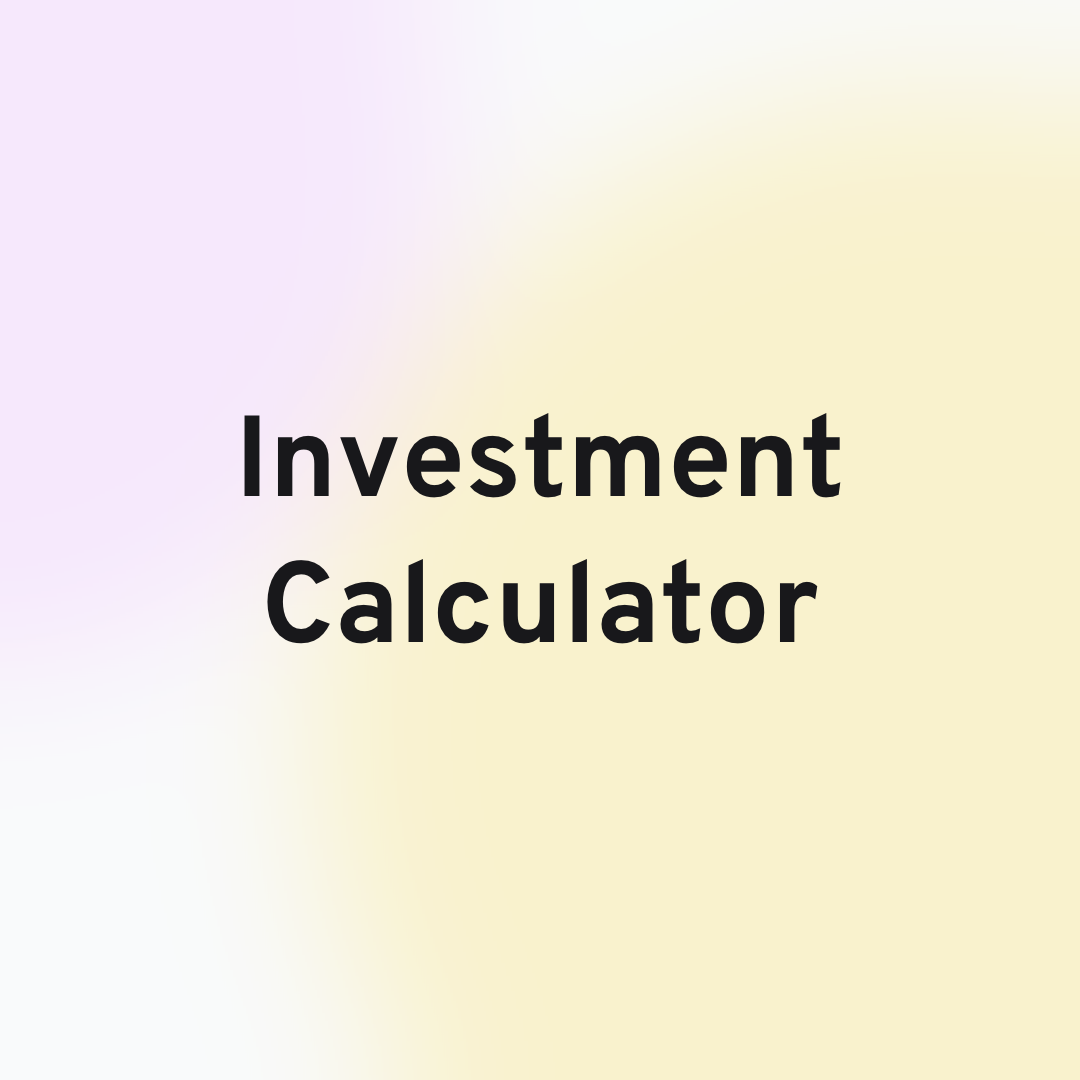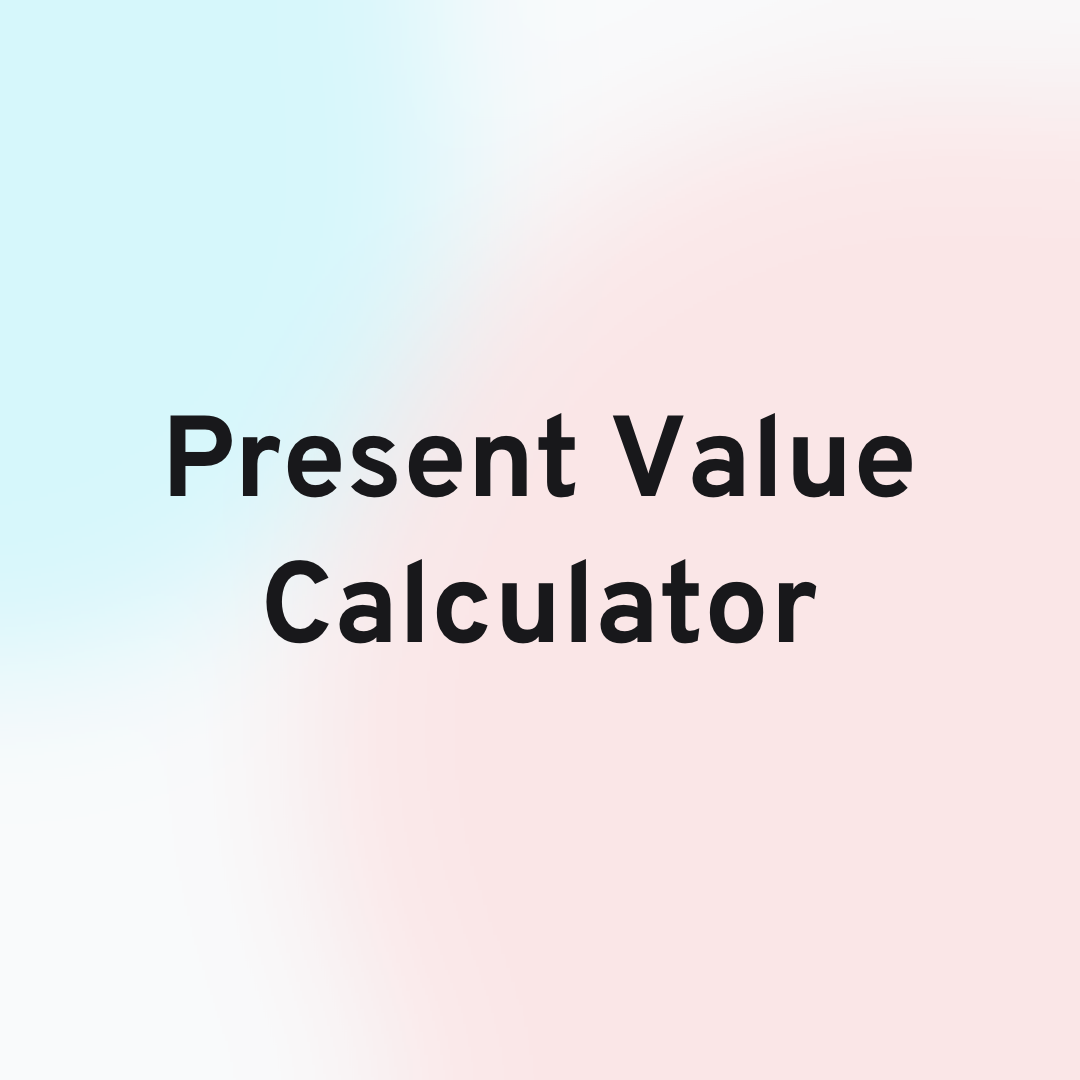
Finance
Corporate Finance
Discount Factor Calculator
The discount factor calculator finds the discount factor to convert future cash to present value. Check it out now!
This discount rate calculator will help determine the discount rate, the rate of return we use to discount future cash flows back to their present value. This rate is usually the required rate of return that investors expect to earn for an investment of a given size and risk profile.
By inputting the other variables, you can use the discount rate calculator to find the discount rate, future value, or present value.
The variables in the calculator are:
Future Value
The investment’s value at a future time period (t) with an assumed growth rate in the interim.
Present Value
The current value of future cash flows when they are discounted at the discount rate.
Number of Periods
The number of periods after which the cash flows are received.
Discount Rate
The rate of return required for the present value to compound into the specified future value after N periods.
The discount rate is the rate of return we should use to discount future cash flows back to their present value.
This rate is usually the required rate of return that investors expect to earn for an investment of a given size and risk profile.
You could also think of the discount rate as the percentage of return that the investor would receive for investing a dollar today.
Furthermore, we use the discount rate to calculate the present value of the cash flows as part of the discounted cash flow analysis.
Generally, we use the discount rate to understand the investment’s riskiness, gauge the firm’s opportunity cost, and act as a hurdle rate for investment decisions.
Basically, there are a few types of discount rates
We can calculate the discount rate using the following formula:
Where,
Future Value → Value of Cash Flow at Nth Period
Present Value → Value of Cash Flow at the current date
n → Period Number of the Future Cash Flow
Person A has $9,000 and wants to get $15,000 in 3 years as the total amount. What is the discount rate needed to generate this return?
To determine the discount rate we used the formula

Finance
Corporate Finance
The discount factor calculator finds the discount factor to convert future cash to present value. Check it out now!

Finance
Corporate Finance
Achieve your financial goals with ease by making informed decisions! Use our investment calculator to project potential investment returns.

Finance
Corporate Finance
Calculate the present value of cash flows with our present value calculator. Compare investments and make better financial decisions!

Finance
Corporate Finance
Accurately determine the present value of all future annuity cash flows using our present value of annuity calculator! Check it out now!

Finance
Corporate Finance
Calculate the future value of cash flows with our future value calculator. Compare investments and make better financial decisions!

Finance
Corporate Finance
Accurately determine the value of a series of infinite cash flows in today's term using our nifty Present Value of Perpetuity Calculator!